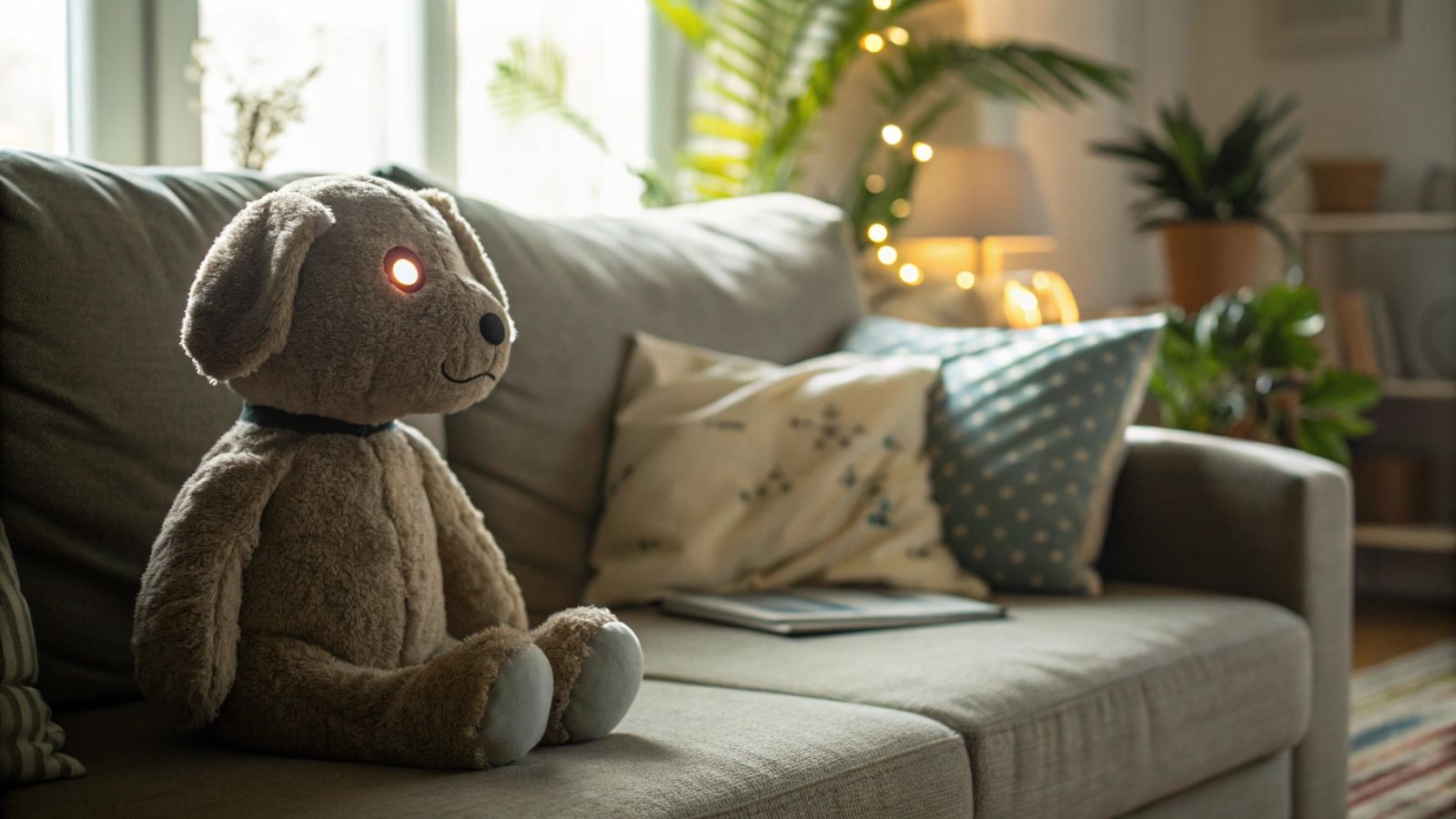Introduction
AI-powered stuffed animals: companies pitch them as a screen-time alternative, but a hands-on demonstration raises concerns about their potential to replace parental roles.
Context
Toys embedding chatbot technology have appeared on the market; startups like Curio sell models named Grem and Grok. Marketing frames these plush companions as conversational playmates that can entertain children and reduce tablet or TV time.
AI-powered stuffed animals: practical observations
Journalist Amanda Hess reported a demo where her interaction with Grem prompted unease: she felt the device was less an upgrade to a lifeless teddy and more a potential replacement for parental interaction. That firsthand account highlights a tension between technological entertainment and human caregiving.
"I would not be introducing Grem to my own children."
Amanda Hess, The New York Times
The Problem / Challenge
The account points to two key issues: while the plush toy might temporarily keep children away from screens, it does not remove digital influence, and it risks filling affective or relational roles usually held by adults.
Children's behavior in the demo
After the demonstration, Hess removed the device's voice unit before letting her children play; they still engaged with the plush—talking and playing—then later watched TV. This suggests the toy’s physical presence and play affordances matter independently of its spoken AI.
Solution / Practical approach for parents
Given the reported experience, a cautious approach is advisable: assess the toy’s role at home, observe how children respond to the speaking feature, and keep tech-free playtime. Temporarily disabling the voice or limiting use can help gauge real effects on a child’s behavior.
Conclusion
AI-powered stuffed animals raise questions beyond screen-time reduction: they may alter affectionate dynamics and curiosity patterns. The hands-on example shows parental caution—removing the voice but allowing play—and suggests parents should inform themselves, supervise trials, and preserve non-digital play spaces.
FAQ
- Question: Are AI-powered stuffed animals a reliable screen-time alternative?
Answer: They can reduce immediate tablet/TV use but don’t remove digital influence nor replace adult caregiving. - Question: What did Amanda Hess notice about Grem?
Answer: She felt Grem might replace aspects of parental interaction and chose not to introduce it to her children with the voice active. - Question: Is disabling the voice on an AI-powered stuffed animal useful?
Answer: Yes; disabling speech helps evaluate physical and imaginative play without digital mediation. - Question: Do AI toys redirect children's curiosity?
Answer: The report suggests a risk that curiosity becomes oriented toward device-contained content rather than analog exploration. - Question: How should parents introduce an AI-powered stuffed animal?
Answer: Try it under supervision, monitor emotional responses and behavior, and maintain offline play routines.
"the natural endpoint for [children’s] curiosity lies inside their phones."
Amanda Hess, The New York Times
